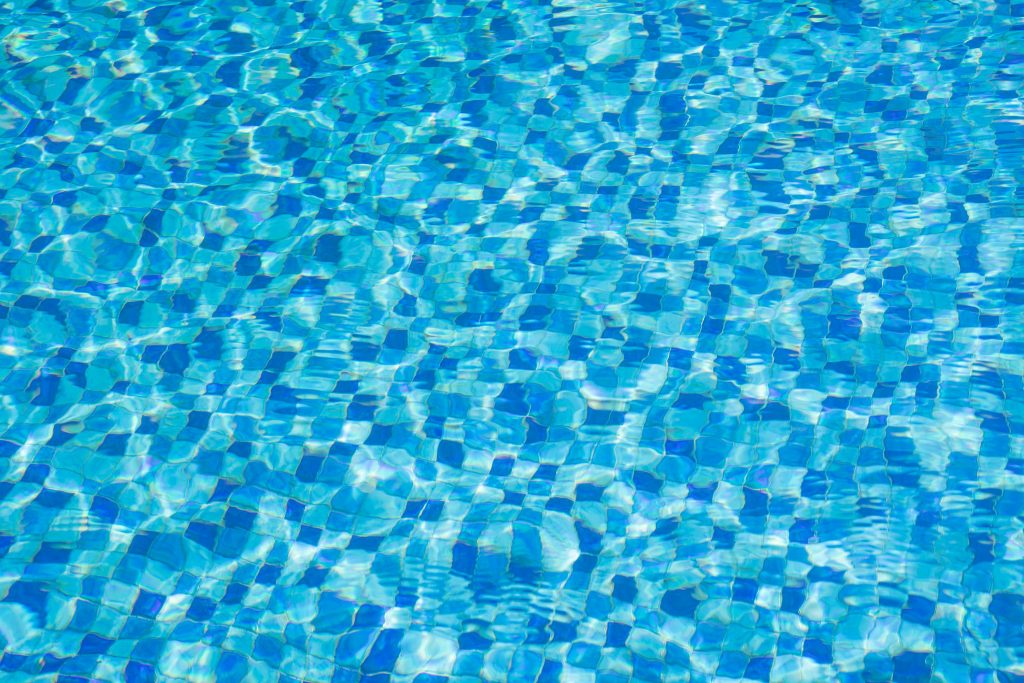How to Balance Pool Chemicals for Crystal Clear Water

Table of Contents
- Introduction
- Understanding Pool Chemistry
- The Importance of Chemical Balance
- Key Pool Chemicals
- Testing Pool Water
- Recommended Testing Kits
- How to Test Your Pool Water
- Balancing Key Chemicals
- pH Levels
- Chlorine Levels
- Alkalinity
- Calcium Hardness
- Regular Swimming Pool Maintenance Practices
- Cleaning and Skimming
- Filtration System Management
- FAQ Section
- Conclusion
1. Introduction
Maintaining crystal clear water in your swimming pool is essential for both aesthetic and health reasons. In Singapore’s tropical climate, proper chemical balancing becomes even more crucial to prevent algae growth and ensure a safe swimming environment. This article by Watercraft Engineering provides a comprehensive guide for homeowners, tenants, and facility management agents on how to balance pool chemicals effectively.
2. Understanding Pool Chemistry
The Importance of Chemical Balance:
Balancing pool chemicals ensures that the water is safe for swimming and prevents damage to pool surfaces and equipment. Unbalanced water can lead to issues such as irritation to swimmers, algae blooms, and cloudy water.
Key Pool Chemicals:
The primary chemicals to monitor include:
- Chlorine: Disinfects and kills harmful bacteria.
- pH: Measures the acidity or alkalinity of the water.
- Alkalinity: Stabilises pH levels and prevents rapid changes.
- Calcium Hardness: Prevents corrosion and scale buildup.
3. Testing Pool Water
Recommended Testing Kits:
To maintain optimal water quality, invest in a reliable pool testing kit. Options include:
- Test Strips: Quick and easy, providing results in seconds.
- Liquid Test Kits: More accurate, requiring a few minutes for results.
How to Test Your Pool Water:
- Collect Water Samples: Use a clean container to gather water from elbow depth in the pool.
- Follow Kit Instructions: Whether using strips or liquids, adhere to the guidelines for accurate readings.
- Record Results: Note the levels of pH, chlorine, alkalinity, and calcium hardness.
4. Balancing Key Chemicals
pH Levels:
The ideal pH range for pool water is between 7.2 and 7.8. If your pH is too low, add a pH increasing agent (sodium carbonate). If it’s too high, use a pH reducer (sodium bisulphate).
Chlorine Levels
Aim for a free chlorine level of 1-3 ppm (parts per million). If levels are low, add chlorine tablets or shock the pool. If too high, stop chlorine application and allow natural dilution through sunlight and usage.
Alkalinity
Total alkalinity should be between 80 and 120 ppm. To raise alkalinity, add sodium bicarbonate. To lower it, use muriatic acid or sodium bisulphate.
Calcium Hardness
Maintain calcium hardness levels between 200 and 400 ppm. If levels are low, add calcium chloride. For high levels, dilute the water by draining and refilling part of the pool.
5. Regular Swimming Pool Maintenance Practices
Cleaning and Skimming
Regularly skim the surface of the pool to remove debris and use a vacuum to clean the bottom. Brushing the walls prevents algae buildup.
Filtration System Management
Ensure your filtration system operates for at least 8-12 hours daily. Clean or replace filter cartridges regularly to maintain efficient operation.
Require a more in-depth guide? Here’s a comprehesive pool maintenance checklist to ensure that your pool is always in pristine condition.
6. FAQ Section
How often should I test my pool water?
Test your pool water at least once a week, or more frequently during heavy usage or after rain.
What happens if the pH is too low?
Low pH can cause skin and eye irritation, as well as damage to pool equipment. Adjust it promptly using a pH increaser.
Can I use household chemicals to balance my pool?
It is not advisable to use household chemicals as they may contain impurities or have different concentrations than pool chemicals. Always use products specifically designed for pool maintenance.
How do I know if my chlorine levels are too high?
Signs of high chlorine include strong chemical odours, irritated skin, and bleached swimsuits. Test the water and allow it to naturally reduce.
What should I do if my pool water turns cloudy?
Cloudy water can result from unbalanced chemicals, inadequate filtration, or contaminants. Test the water, adjust chemicals, and ensure the filter is running properly.
7. Conclusion
Balancing pool chemicals is essential for maintaining crystal clear water and ensuring a safe swimming environment. By regularly testing and adjusting key chemical levels, homeowners, tenants, and facility management agents in Singapore can enjoy a clean and inviting pool. Implementing these best practices will help you achieve and maintain the perfect swimming experience
